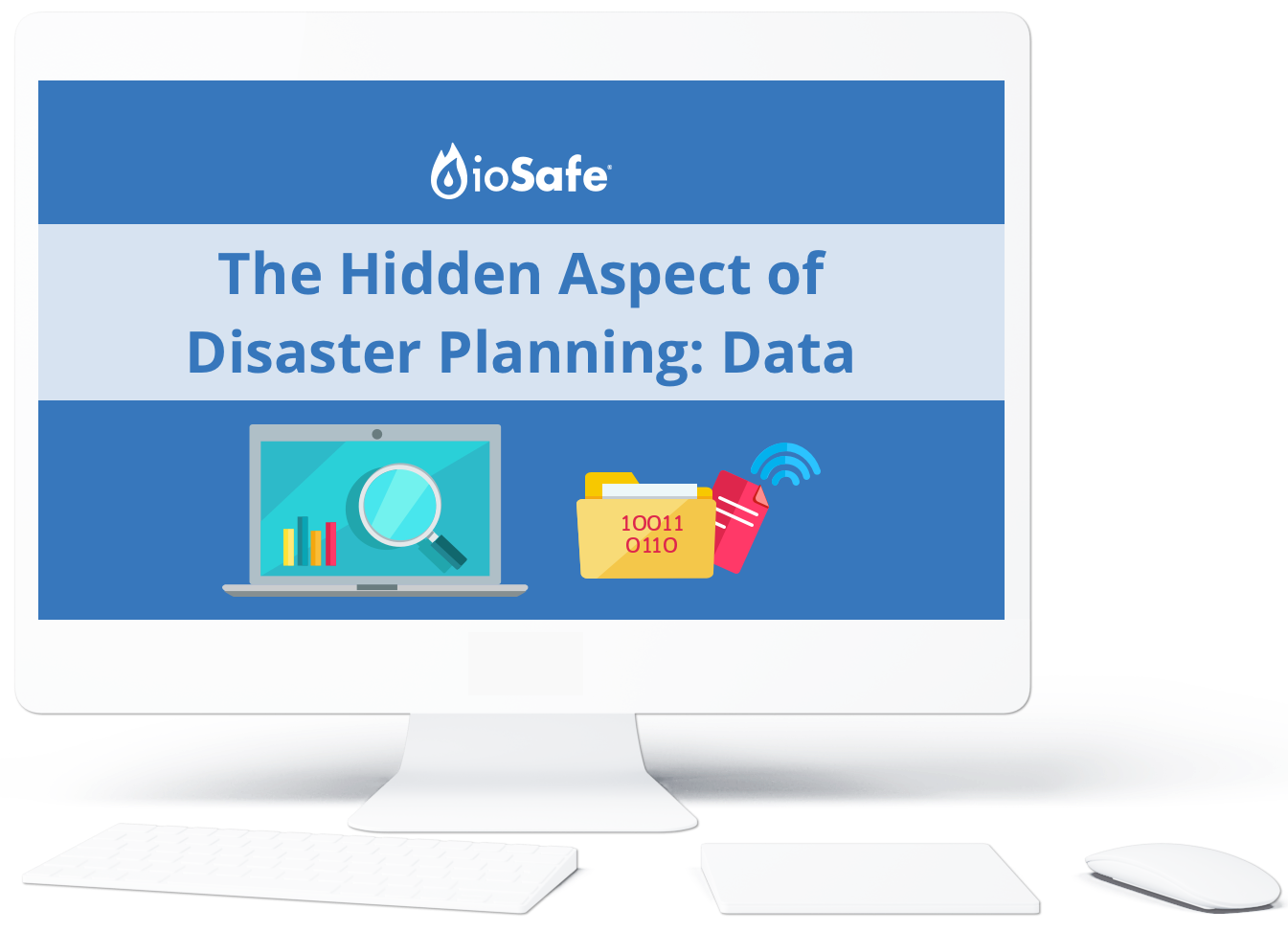
Free Whitepaper
The Hidden Aspect of Disaster Planning: Data
Why your business may be at risk and what you can do to accelerate your time to recovery.

Inside you’ll learn:
How disasters can affect your organization and data
Common disaster risks in the U.S.
Why these disasters put your organization’s data at risk
What to look for in a physical data recovery solution
Access to data after a fire, flood or other catastrophe can make or break your organization.
Small and medium-sized businesses (SMBs) and government agencies are the backbone of many communities. In the Western world, from North America to Europe, locals rely on SMBs and the government for everything from health care to groceries to transportation – they’re what keeps cities, towns and rural areas operating as they need to.
Many of these organizations are in remote locations or areas that have low internet bandwidth – and unreliable access to cloud storage. Due to the high consequences of these emergencies and the increasing prevalence of natural disasters, the cloud no longer suffices for data storage at organizations in remote locations or areas with internet connection issues.
This means physical data must now be a part of disaster planning for businesses, government agencies, and organizations. When these organizations lose access to data, they often struggle with lengthy post-disaster recovery times. Events as common as a plumbing break or as devastating as a wildfire can have an outsized impact on an organization’s ability to recover and operate as needed.
%
of enterprises in the U.S. are SMBs¹
%
of SMBs fail to resume operation within a year of a natural disaster²
%